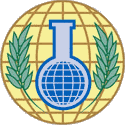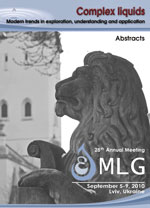Statistical mechanics of molecular liquids reveals elementary processes in life phenomena
Fumio Hirata
"Molecular recognition" is an essential elementary process for protein to function. The process is a thermodynamic process which is characterized with the free energy difference between two states of a host-guest system, namely, associated and dissociated states. The time to reach the chemical equilibrium depends on the height of free energy barrier in between the two states. It is readily understood that the structural fluctuation of protein gives a big effect on the free energy barrier. In that respect, the “molecular recognition” is a thermodynamic process which is conjugated with the structural fluctuation of protein.
We have been developing a new theory concerning the molecular recognition, based on the 3D-RISM/RISM theory which is a statistical mechanics of liquids. The theory has successfully “probed” small ligands such as water molecules and ions bound in a small cavity of protein. [1-3]
In the lecture, we present our recent work on the conduction mechanism of small ligands in molecular channels including aquaporin and a proton channels in virus.
References
- T. Imai, R. Hiraoka, A. Kovalenko, F. Hirata, J. Am. Chem. Soc. (Communications), 127 (44), 15334 (2005).
- Y. Kiyota, et. al., J. Am. Chem. Soc. (Communications), 131, 3852 (2009).
- N. Yoshida, T. Imai, S. Phongphanphanee, A. Kovalenko, and F. Hirata, J. Phys. Chem. B (Feauture Article), 113, 873 (2009).



